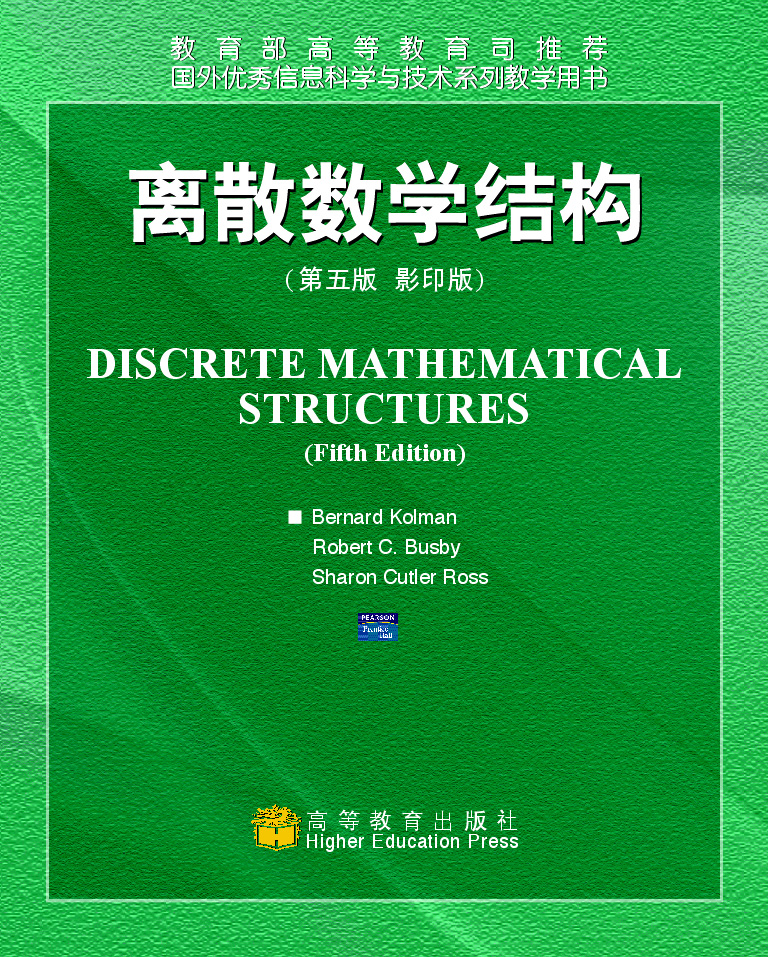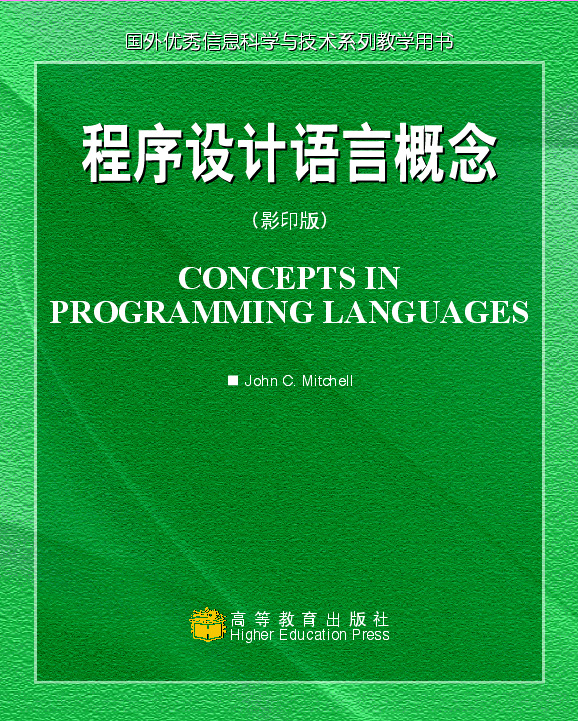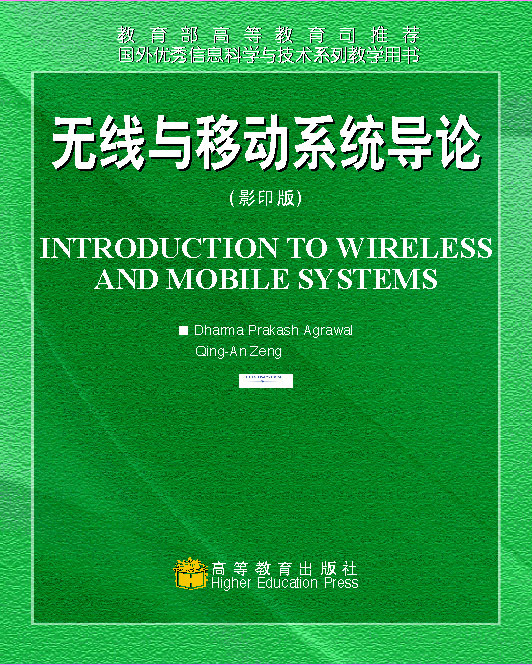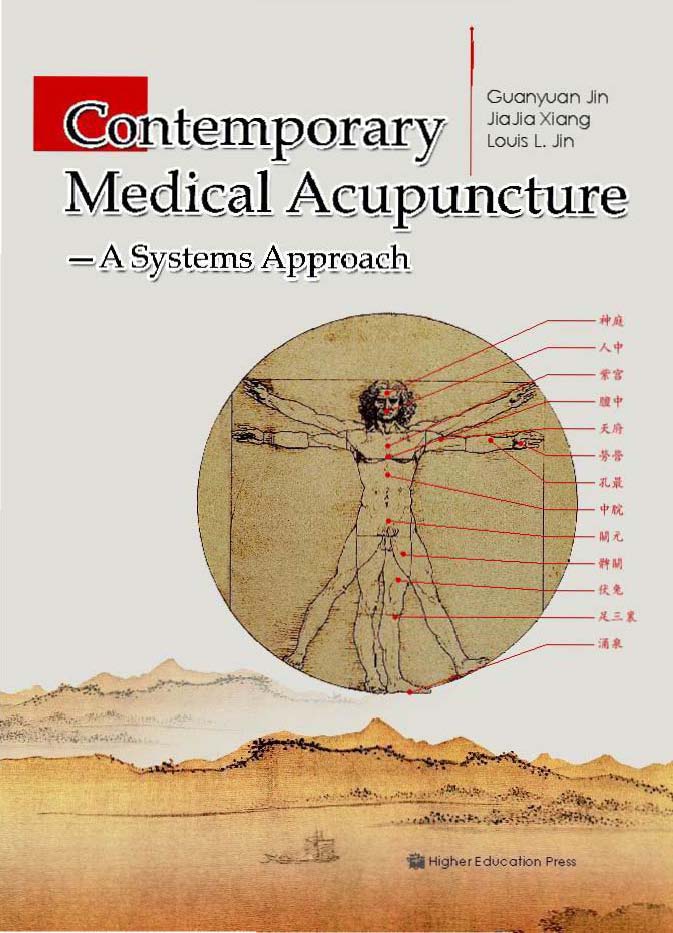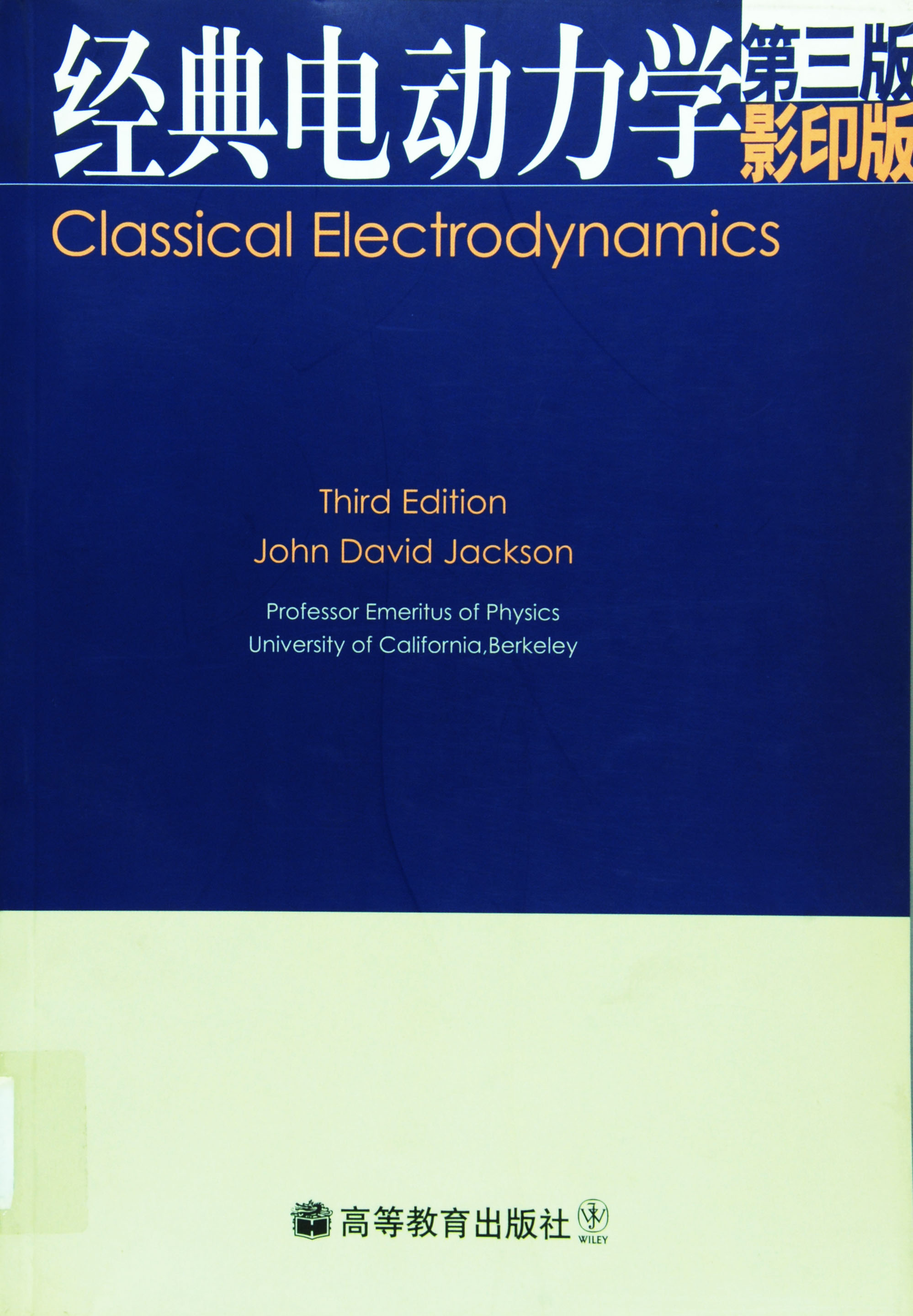英语教学法教程(第三版)
作者: 王蔷
出版时间:2024-04
最新印次日期:2024-4
出版社:高等教育出版社
- 高等教育出版社
- 9787040617726
- 3版
- 515320
- 46264000-4
- 平装
- 异16开
- 2024-04
- 610
- 394
- 文学
- 外国语言文学类
- 英语
- 本科
前辅文
Getting Started
UNIT 1 Language and Language Learning
1.1 How do we learn languages?
1.2 Views on language
1.3 Views on language learning and learning in general
1.4 Conclusion
UNIT 2 Language Teaching Approaches and Methods
2.1 What roles do methods play in language teaching?
2.2 What do we know about the communicative language teaching?
2.3 What do we know about task-based language teaching?
2.4 The fit of CLT and TBLT in the Chinese context
2.5 Conclusion
UNIT 3 The National English Curricula
3.1 A brief history of foreign language teaching in China before 2000
3.2 An overview of English curriculum change after 2000
3.3 Core competency-based English curricula from 2018 onward
3.4 Challenges facing English language teachers
3.5 Conclusion
UNIT 4 Instructional Design
4.1 What is instructional design?
4.2 Why is instructional design important?
4.3 What are the general principles for an instructional design?
4.4 Why do we need both macro and micro plannings?
4.5 What is a unit design?
4.6 Why using big ideas in a unit design?
4.7 What components are normally included in a lesson plan?
4.8 Conclusion
UNIT 5 Classroom Management
5.1 The role of the teacher
5.2 Classroom instructions
5.3 Student grouping
5.4 Discipline in the language classroom
5.5 Questioning in the classroom
5.6 Dealing with errors
5.7 Conclusion
UNIT 6 Teaching Pronunciation
6.1 The role of pronunciation
6.2 The goal of teaching pronunciation
6.3 Aspects of pronunciation
6.4 Practising sounds
6.5 Practising stress and intonation
6.6 Conclusion
UNIT 7 Teaching Grammar
7.1 The role of grammar in language teaching
7.2 What is grammar about?
7.3 Grammar presentation
7.4 Grammar practice
7.5 Conclusion
UNIT 8 Teaching Vocabulary
8.1 Understanding vocabulary and vocabulary learning
8.2 What does knowing a word involve?
8.3 Ways of presenting vocabulary
8.4 Ways of consolidating vocabulary
8.5 Developing vocabulary learning strategies
8.6 Conclusion
UNIT 9 Teaching Listening
9.1 Why does listening seem so difficult?
9.2 What do we listen to in everyday life?
9.3 Characteristics of the listening process
9.4 Principles and models for teaching listening
9.5 Stages of teaching listening
9.6 Conclusion
UNIT 10 Teaching Speaking
10.1 Differences between spoken and written language
10.2 Principles for teaching speaking
10.3 Designing speaking tasks
10.4 Types of speaking tasks
10.5 Organising speaking tasks
10.6 Conclusion
UNIT 11 Teaching Reading
11.1 Reflecting on your own reading experiences
11.2 How do we read?
11.3 What do we read?
11.4 Strategies involved in reading comprehension
11.5 The role of vocabulary in reading
11.6 Principles for teaching reading
11.7 Models for teaching reading
11.8 Stages of teaching reading
11.9 Conclusion
UNIT 12 Teaching Writing
12.1 What, why and how do we write?
12.2 A communicative approach to writing
12.3 Problems in writing tasks
12.4 A Process Approach to writing
12.5 Motivating and enabling students to write
12.6 Designing writing tasks
12.7 Integrating reading and writing
12.8 Using the Internet to promote process writing
12.9 Conclusion
UNIT 13 Moral Learning
13.1 Moral learning and English
13.2 Activities for moral learning
13.3 The roles of the teacher
13.4 The roles of the school
13.5 Conclusion
UNIT 14 Assessment in Language Teaching
14.1 Understanding assessment
14.2 Assessment purposes
14.3 Summative and formative assessment
14.4 Assessment for learning
14.5 Methods of assessment
14.6 Criteria for assessment
14.7 Assessment principles
14.8 Tests in language assessment
14.9 Conclusion
UNIT 15 Use of Resources and Educational Technology
15.1 Resources available for teaching
15.2 Creating your own resources
15.3 Exploring hidden resources
15.4 Making use of multi-media resources
15.5 Conclusion
Appendixes


